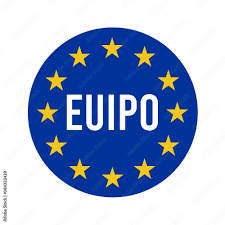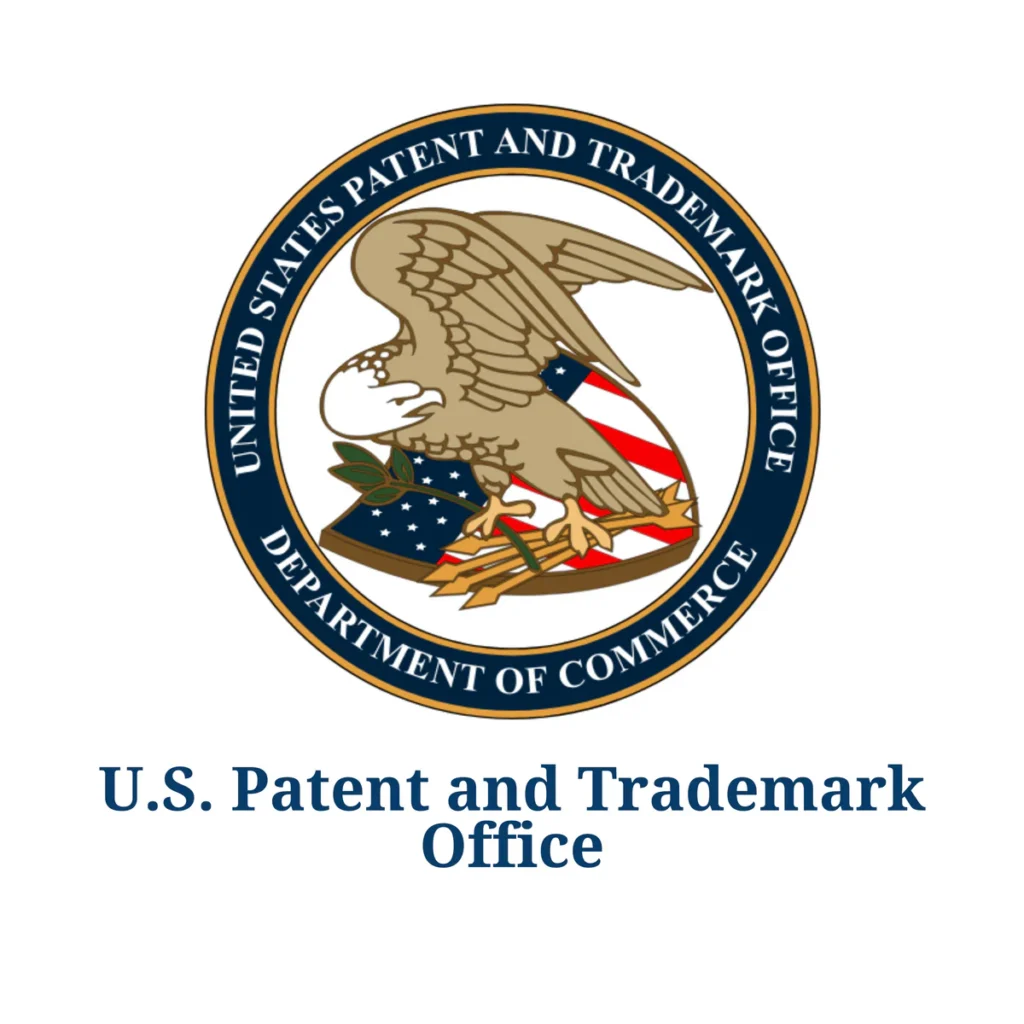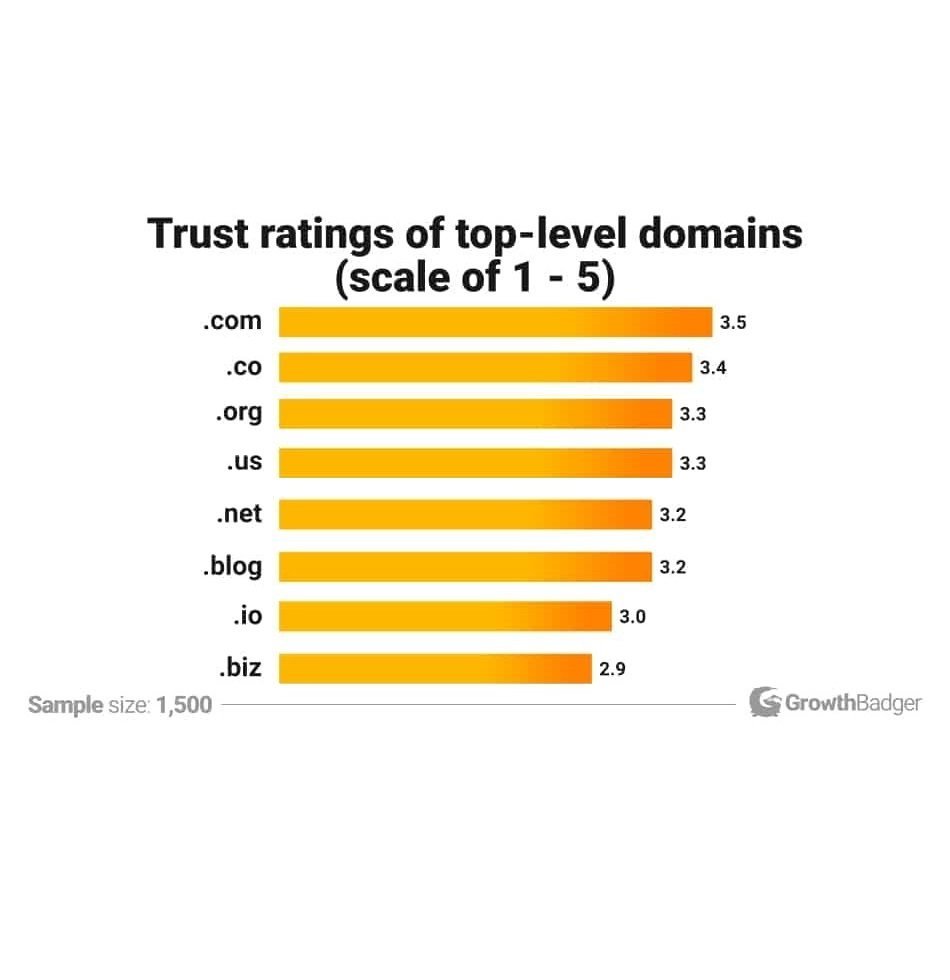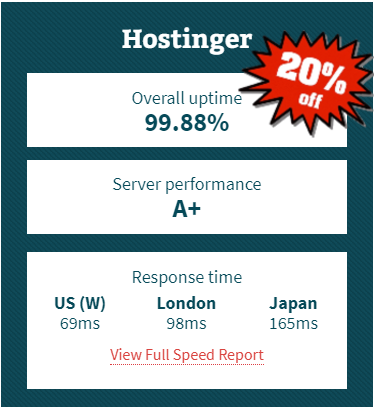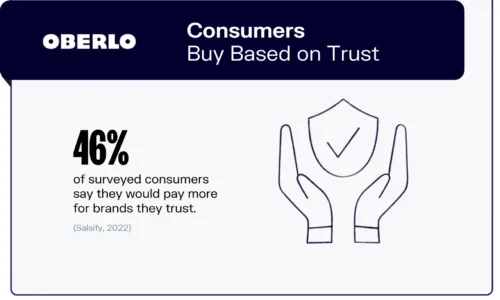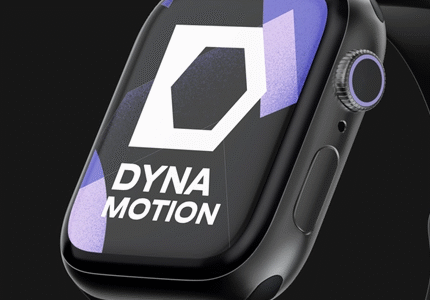- Richard de Haan
- Brand Identity, Brand Name, Brand Protection, Brand Trademarking, Business Branding, Business Name Protection, Intellectual Property, Legal Protection, Legal Tips for Business, Small Business Tips, Trademark Guide, Trademark Lawyer, Trademark Process, Trademark Registration, Trademarking, Trademarking Your Brand Name
- 0 Comments
- 545 Views
Why is trademarking a brand name important? When should I consider trademarking a brand name? Is trademarking a brand name necessary for small businesses? What are the risks of not trademarking a brand name? “Your brand is the single most important investment you can make in your business.”— Steve Forbes, Chairman and Editor-in-Chief of Forbes Media.
Choosing a strong and memorable brand name is one of the most important decisions you can make as an entrepreneur. It defines your identity in the marketplace and creates a lasting impression with your audience.
But beyond selecting the perfect company name, trademarking a brand name is essential to securing the business future.
We will explore how to find the right brand name and guide you through the complexities of copyrighting and trademarking to ensure your business is legally protected. What does trademarking a brand name involve? How do I go about trademarking a brand name? What are the benefits of trademarking a brand name? Is trademarking a brand name expensive? Does trademarking a brand name protect my logo too? What happens after trademarking a brand name?
1.
How to Find The Right Brand Name?
Choosing the right brand name is a blend of creativity, strategy, and foresight. Your brand name must be memorable, relevant to your industry, and distinguishable from competitors. Here are some tips to guide your naming process:
- Know Your Audience: Understand the values, needs, and expectations of your target audience. Your brand name should resonate with them and reflect what your business stands for.
- Keep It Simple: Avoid complicated, hard-to-pronounce names. Simplicity leads to memorability. Think of iconic brands like Nike or Apple.
- Make It Future-Proof: Choose a name that allows your business to grow and evolve. Avoid limiting yourself to specific products or regions unless that’s central to your brand identity.
- Check Availability: Before getting too attached, ensure the name is available and not already being used (more on this later). A great brand name can help you stand out and attract attention, but it also needs to be legally secure to avoid future conflicts.
2.
What Is A Unique Brand Name?
A unique brand name is one that distinguishes your business from all others in the marketplace. It’s an original name that no one else in your industry is using, and it reflects the essence of your business while being memorable and easy to recall. A unique name often has these traits:
- Distinctive Sound or Meaning: It should stand out linguistically, whether through a creative play on words or a distinctive meaning. For example, Google was derived from “googol,” a mathematical term, making it original and memorable.
- Not Generic: Avoid using generic or overly descriptive names (like “Best Coffee Shop”). These names are harder to trademark and don’t provide distinctiveness.
3.
How Do I Know If My Brand Name Is unique? Does My Brand Name Exist?
Once you’ve come up with a brand name, the next step is to verify if it’s truly unique. You’ll need to:
- Search Online: Start with a simple web search to see if there are any existing companies or products with the same name. Pay attention to both local and international results.
- Check Domain Availability: A domain name is vital to your brand’s online presence, so use domain registration websites to see if the .com or other desired extensions are available.
- Trademark Search: A thorough trademark search is essential to confirm that your brand name doesn’t conflict with any existing trademarks.
4.
How Do You Check If A Name Is Trademarked or Registered?
Conducting a trademark search is crucial to ensure your brand name doesn’t infringe on someone else’s intellectual property. Here’s how to check if a name is trademarked:
- Use National Databases: In the U.S., you can search the United States Patent and Trademark Office (USPTO) database. For other countries, you can access national intellectual property offices’ online databases.
- World Intellectual Property Organization (WIPO): If you’re planning to operate internationally, you’ll want to check the WIPO’s Global Brand Database to see if your name is registered in other countries.
- Trademark Search Engines: There are various specialized tools, like Trademarkia or Knowem, that allow you to search for trademarks across multiple jurisdictions.
5.
How to Check Brand Name Availability? How to Check Available Brand Names?
Checking brand name availability involves more than just a Google search. Here are the steps:
- Search Local and Global Databases: Use trademark and business name databases in your home country as well as international ones to ensure no one else has the same name.
- Check Social Media: You’ll also want to check whether social media handles associated with your brand name are available. Platforms like Instagram and Twitter are important for your brand’s online presence.
- Domain Name Search: Use services like GoDaddy or Namecheap to check if the domain name is available for your brand. Secure the most relevant domain (usually .com) as soon as possible.
6.
How Do I Find Out If A Brand Name Is Taken?
Can I trademark a brand name that’s already in use? To find out if a brand name is taken, you’ll need to do comprehensive research, including:
- Business Registries: Check your local or national business registration database to see if the name is already in use by another company.
- Trademark Registries: Search national trademark databases and international ones (such as WIPO) to see if the name is protected by law.
- Domain Check: Look for available domain names to avoid digital conflicts. Doing thorough research in advance will save you legal headaches and ensure your brand’s exclusivity.
7.
How to Check If A Name Is Trademarked Globally?
Is trademarking a brand name valid internationally? To check if your brand name is trademarked globally, you can use the World Intellectual Property Organization (WIPO) Global Brand Database. This tool allows you to search across multiple countries and regions to ensure your brand name is not in conflict with any international trademarks.
8.
What Is The World’s Largest Search Engine for Trademarks?
The WIPO Global Brand Database is the world’s largest search engine for trademarks, offering access to millions of international trademark records. This is the go-to resource for anyone looking to register a trademark with global ambitions.
9.
Can I DIY trademarking a brand name?
Do I need a lawyer for trademarking a brand name? Can I Do A Trademark Search Myself? Yes, you can do a trademark search yourself, but it’s often recommended to work with a legal professional to ensure comprehensive coverage. The DIY approach may miss nuanced conflicts or potential issues that a trained expert would catch. If you choose to do it yourself, ensure you.
- Use Online Databases: As mentioned earlier, you can use resources like the USPTO, WIPO, or other national databases.
- Check for Similar Sounding Names: Even if your name is slightly different, it could still be in conflict with a similar-sounding brand.
- Domain Check: Look for available domain names to avoid digital conflicts. Doing thorough research in advance will save you legal headaches and ensure your brand’s exclusivity.
10.
How Do I Know If My Brand Name Is Copyrighted?
Brand names themselves are typically not copyrighted, but they can be trademarked. Copyright protects creative works like books, music, and artwork, while trademarks protect business names, logos, and slogans. Therefore, to protect your brand name, you would apply for a trademark rather than copyright.
11.
Do I Need to Copyright My Brand Name?
Since brand names cannot be copyrighted, you would instead seek to trademark your brand name. A trademark provides you with the exclusive right to use your brand name in commerce, preventing others from using it in a similar context.
12.
How Do I Copyright A Brand Name?
While you cannot copyright a brand name, you can apply for a trademark. Here’s how:
- Conduct a Trademark Search: Ensure the name isn’t already in use.
- File an Application: Visit your national trademark office (like the USPTO in the U.S.) and file for a trademark. You will need to provide detailed information about your brand and its intended use.
- Wait for Approval: Trademark applications can take several months to process, so patience is key.
13.
How to Own A Brand Name? How Can I Own My Brand Name? How Can I Get My Brand Name?
Who can help with trademarking a brand name? To own your brand name, you must apply for a trademark. Once your application is approved, you’ll have the legal right to use that name exclusively in commerce. What’s the legal process for trademarking a brand name? Here’s the process:
- Choose a Unique Name: Ensure your name isn’t too generic or similar to other brands.
- File for a Trademark: Submit your application to the appropriate trademark office.
- Monitor and Protect: After your trademark is approved, make sure to enforce your rights if someone else tries to use your name.
14.
What documents are required for trademarking a brand name?
Can trademarking a brand name be done online? To trademark a brand name, you’ll typically need the following documents:
- Trademark application form: – Submitted through your country’s trademark office (e.g., USPTO in the U.S.).
- Owner information: – Legal name, address, and type of business (individual, corporation, etc.).
- Representation of the brand name: – Exactly how the brand name appears (word mark or stylized design).
- List of goods/services: – A description of the products or services the brand name will cover.
- Specimen of use: – An example showing how the brand name is being used in commerce (e.g., packaging, website, or product labels). Required only for “use-based” applications.
- Power of attorney: – Sometimes required if you’re applying through a legal representative or attorney.
- Payment: – Proof of filing fee payment (varies by region and number of classes).
Optional but helpful:
- Prior trademark search results: – To help avoid conflicts with existing marks.
- Business registration documents: – To confirm ownership.
15.
How long does trademarking a brand name take?
Trademarking a brand name typically takes 8 to 12 months from the date of application — but this can vary depending on the country and specific circumstances. Here’s a general timeline (based on the U.S. process via the USPTO):
- Filing the Online Application – Time: Immediate
- Initial Review (Examination) – Time: Around 3 to 4 months after filing
- Office Actions (if any conflicts, technical errors) – Time: You must respond within 3 to 6 months.
- Publication in the Official Gazette – Time: Usually 1 to 2 months after approval. Opposition period: 30 days
- Final Registration (If no one opposes) – A few weeks after the opposition period ends
16.
What happens after trademarking a brand name?
After trademarking a brand name, you gain the exclusive legal right to use that name for the specific goods or services listed in your registration. You can now use the ® symbol to show that your brand is legally protected, and you’ll have the ability to take legal action against anyone who tries to use a similar name without permission.
Your trademark is added to the public database, helping others avoid conflicts and strengthening your brand’s credibility. It also becomes a valuable business asset that can increase your company’s worth. To keep your trademark active, you must meet renewal and maintenance requirements over time.
17.
How to Protect Your Business Name Without A Trademark?
While a trademark offers the strongest protection, there are other ways to protect your business name:
- Choose a Unique Name: Ensure your name isn’t too generic or similar to other brands.
- File for a Trademark: Submit your application to the appropriate trademark office.
- Monitor and Protect: After your trademark is approved, make sure to enforce your rights if someone else tries to use your name.
18.
How to Buy a Brand Name?
If you find that your desired brand name is already taken, you may be able to purchase it from the current owner. Here’s how:
- Choose a Unique Name: Contact the Owner: Reach out to the current owner to negotiate a sale.
- Hire a Domain Broker: For domain names, professional brokers can help negotiate a fair price.
- Draft a Contract: Ensure the sale is legally documented to transfer ownership rights.
19.
Can You Sell A Brand Name?
Yes, brand names can be sold. If your brand name is trademarked, you can transfer the rights to another entity through a sale agreement. Many companies buy and sell trademarks as part of their business strategy.
Wrap:
Protecting Your Brand Name
Should I trademark a brand name before launching my business? Yes. Your brand name is one of your most valuable assets, so taking the time to properly protect it is essential. Whether you’re starting a new business or looking to expand, understanding the legal landscape of trademarks and copyrights can save you from future legal challenges. By securing a trademark, you ensure that your brand name is yours alone, giving you the freedom to build a lasting, recognized identity in the marketplace. Don’t leave your brand name to chance—take control and protect it today.

